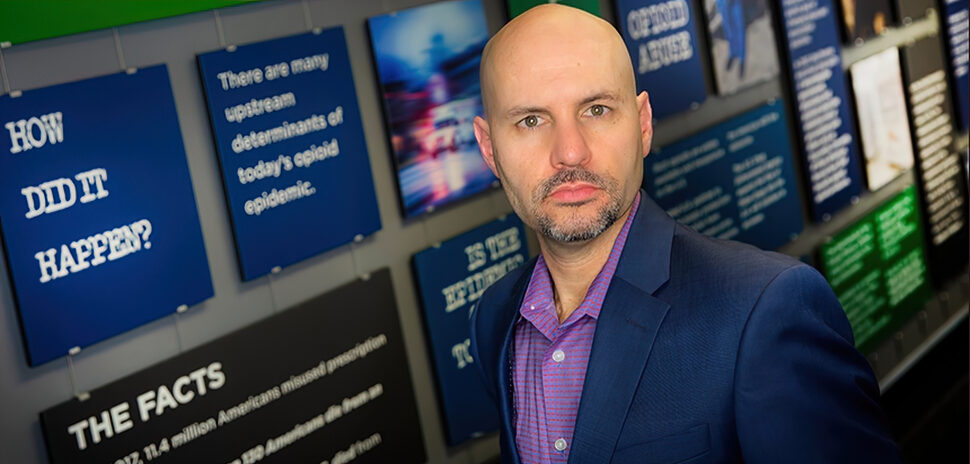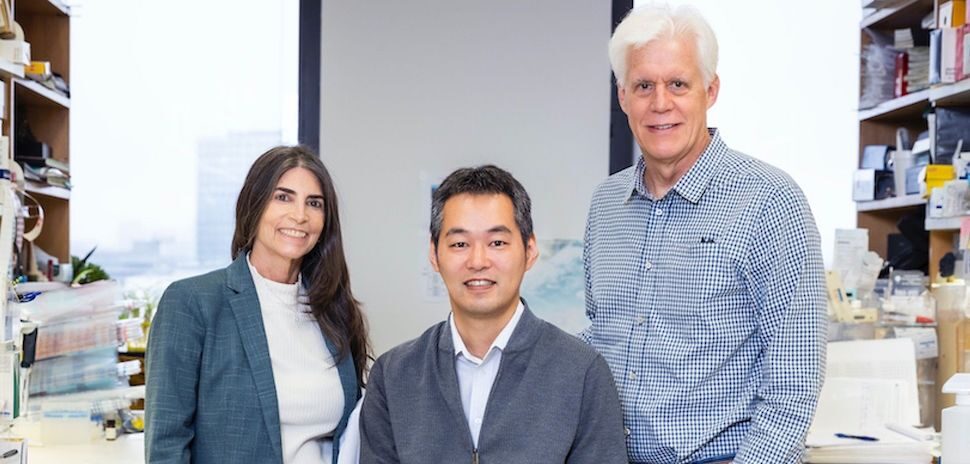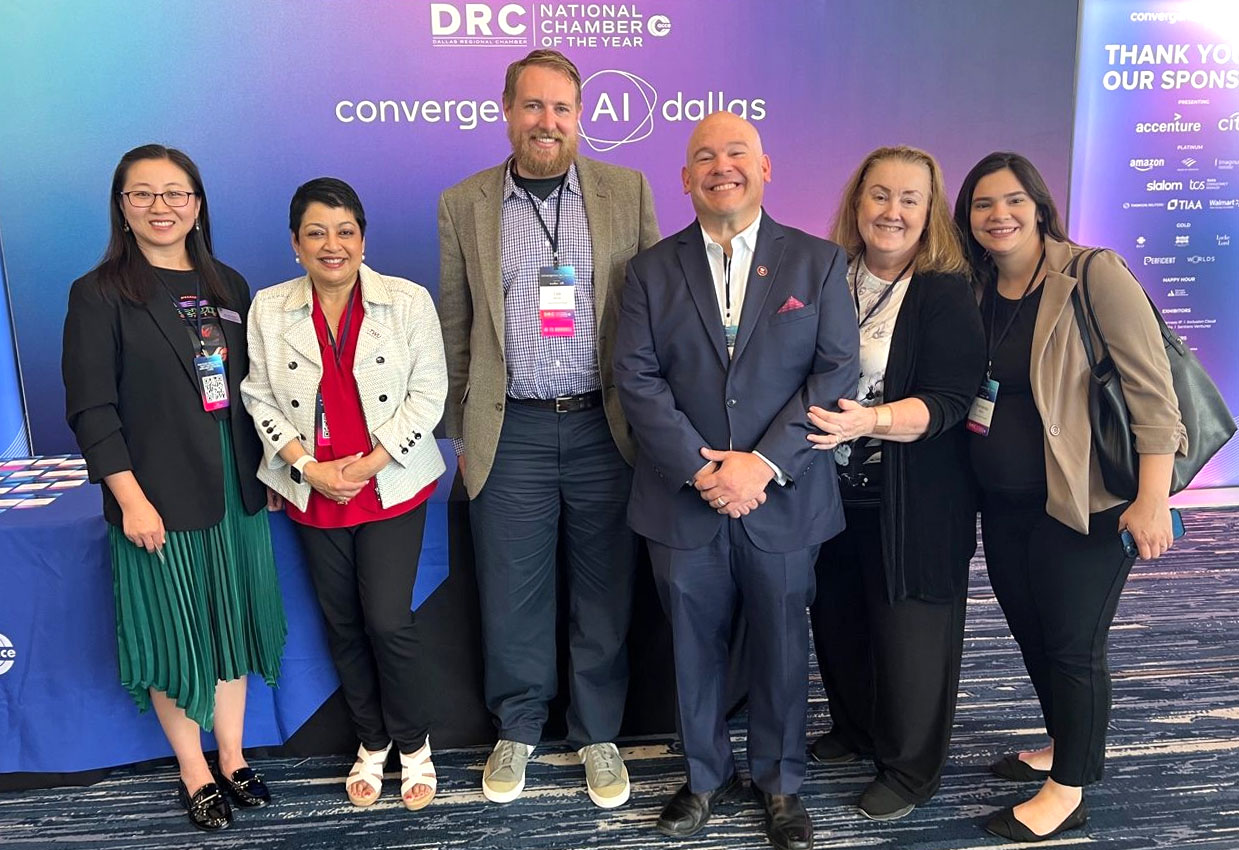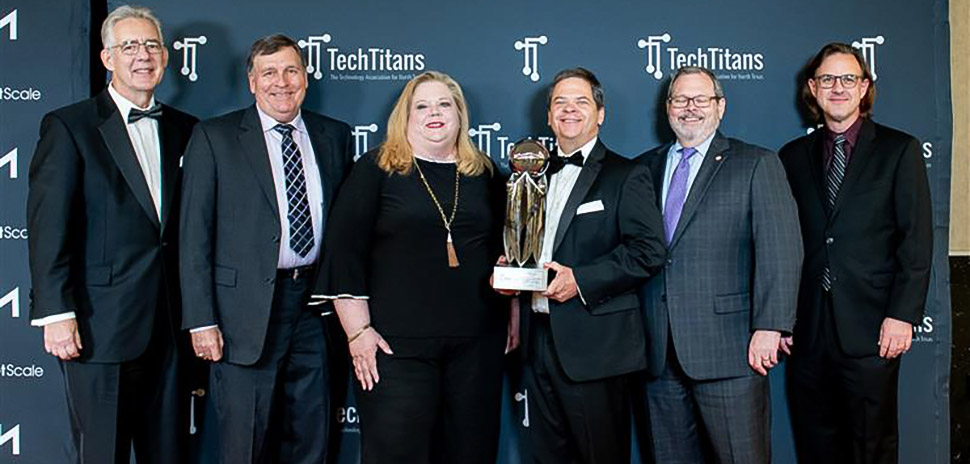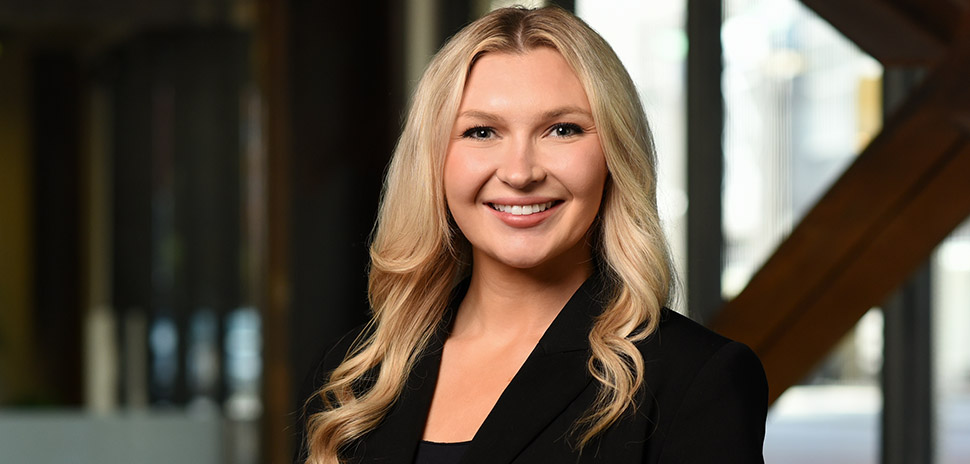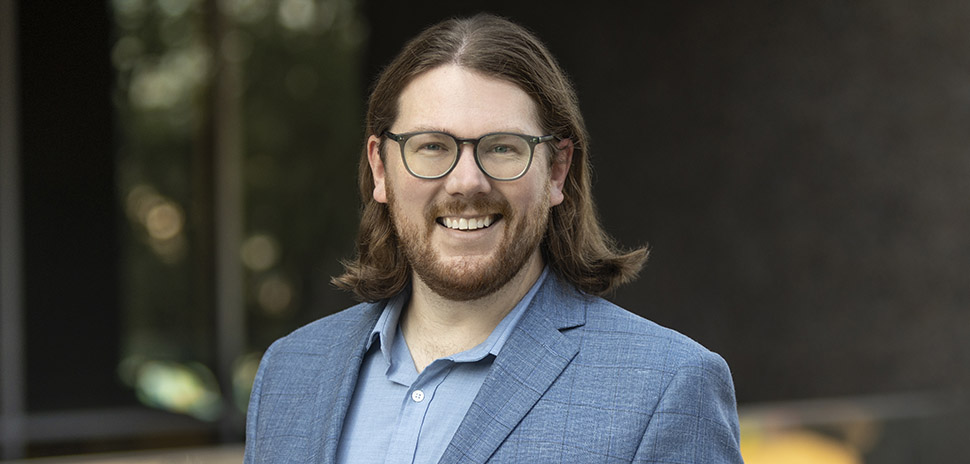The water temperature around the tip of Florida hit triple digits for two consecutive days in July, according to the Associated Press—”hot tub levels” which could be the hottest seawater ever measured.
Scientists said they saw devastating effects from prolonged hot water in the area—including coral bleaching and even the death of some corals in what had been one of the Florida Keys’ most resilient reefs.
Coral reefs in other parts of the world, including Australia’s Great Barrier Reef, have also seen devastation, with the water temperature rise attributed to climate change.
To help mitigate that devastation, a civil engineering researcher at the University of Texas at Arlington is hoping to restore damaged or dying coral reefs—inspired by the remarkable durability of ancient Roman construction materials in seawater.
Warda Ashraf is attempting to duplicate Roman concrete by developing 3D-printed materials to aid the reefs.
Combining ancient and modern technology
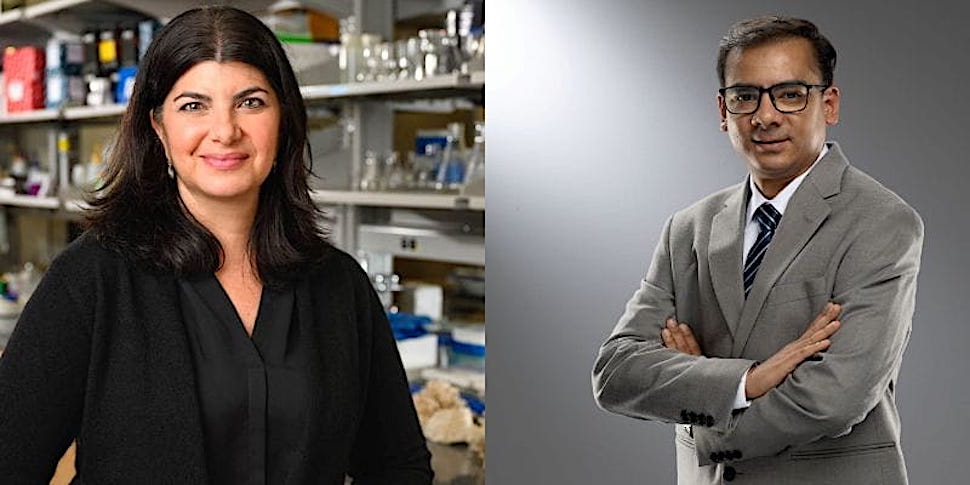
Laura Mydlarz, left, and Adnan Rajib are part of the UTA 3-D printed artificial coral reef research team [Photos: UTA]
UTA said that Ashraf, associate professor in the Department of Civil Engineering, will lead a multidisciplinary team backed by a $2 million National Science Foundation grant with a goal of building 3D-printed artificial reefs.
Their project is called “Carbon Sequestration and Coastal Resilience Through 3D Printed Reefs” and is part of the NSF’s Emerging Frontiers in Research and Innovation program, UTA said.
“In the past few decades, artificial reefs made from concrete, old tires and old ships were used. But those just don’t work well because seawater disintegrates those materials, and many of them cause additional environmental pollution,” Ashraf said in a statement. “We can replicate Roman concrete, which lasts longer and is better for the environment.”
Ashraf said her team’s efforts could have long-lasting effects.
“We will modify the concrete recipe to store carbon and offer a novel pathway to permanently sequester thousand tons of carbon under the ocean in addition to providing coastal resilience and supporting marine habitat,” Ashraf said.
The team has installed small cylinders and cubes of the re-created Roman concrete in Baffin Bay, just south of Corpus Christi, in the Gulf of Mexico.
Ashraf said that marine organisms love it.
“We’ve already done some testing there,” Ashraf said. “Barnacles that have attached themselves to the new reef really grab hold of it. The materials also got 40% to 50% stronger in seawater within five months.”
Artificial reef holds ‘promise for the entire world’
According to the National Oceanic and Atmospheric Administration Fisheries and The World Counts, climate change has already damaged nearly 40% of the reefs and their dependent ecosystems.
That makes the team’s work all that more important.
In fact, some experts are fearful that coral reefs will be extinct by the end of this century.
That’s problematic because coral reefs play an important role in separating carbon dioxide from the atmosphere and in protecting coastal areas from extreme events, such as hurricanes and flooding.
Ashraf is the principal investigator on the multidisciplinary team, UTA said. The team includes Laura Mydlarz, UT Arlington biology professor, and Adnan Rajib, a UT Arlington civil engineering assistant professor.
Studying to see if the material can co-exist with natural reefs
Mydlarz is an expert on coral reefs and will study if the artificial reef material can co-exist with natural reefs and how new coral reacts and grows with the artificial reef. UTA said that Rajib’s expertise is in nature-based climate solutions. He will develop a coastal hydrodynamic model to determine the size of the artificial reefs and how they will reduce sea level rise and coastal flood impacts.
Researchers from the University of Texas at Dallas and Texas A&M University-College Station will also participate in the project, UTA said.
Previously, Ashraf received two Defense Advanced Research Projects Agency awards totaling roughly $740,000 to work on durable marine concrete. In 2020, she received a DARPA Young Faculty Award that supported the development of a cementitious material mimicking Roman concrete, UTA said.
Ashraf received the DARPA Directors Award in 2022 for testing the performance of those materials in a field environment, the university said.
Civil engineering chair Melanie Sattler and Dr. Syed Qasim, a professor in the Department of Civil Engineering, said Ashraf’s work is a great example of reaching across the campus for a project that could save natural resources.
“Her work is astounding,” Sattler said in a statement. “This artificial reef holds so much promise for the entire world.”
![]()
Get on the list.
Dallas Innovates, every day.
Sign up to keep your eye on what’s new and next in Dallas-Fort Worth, every day.













